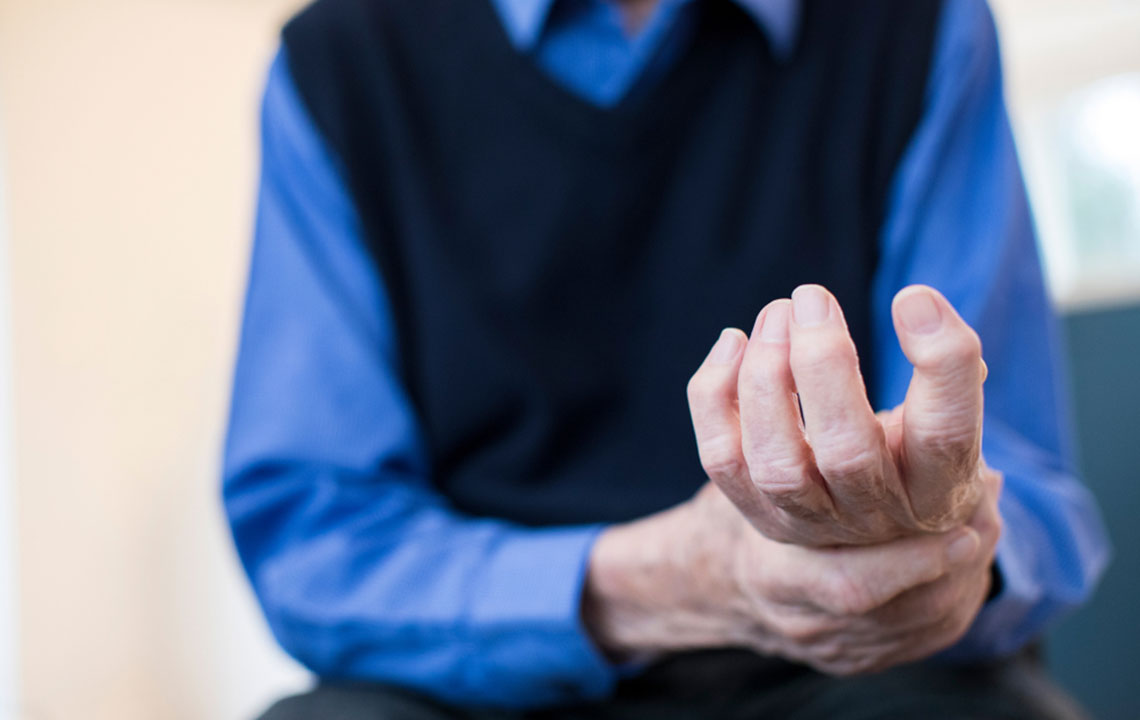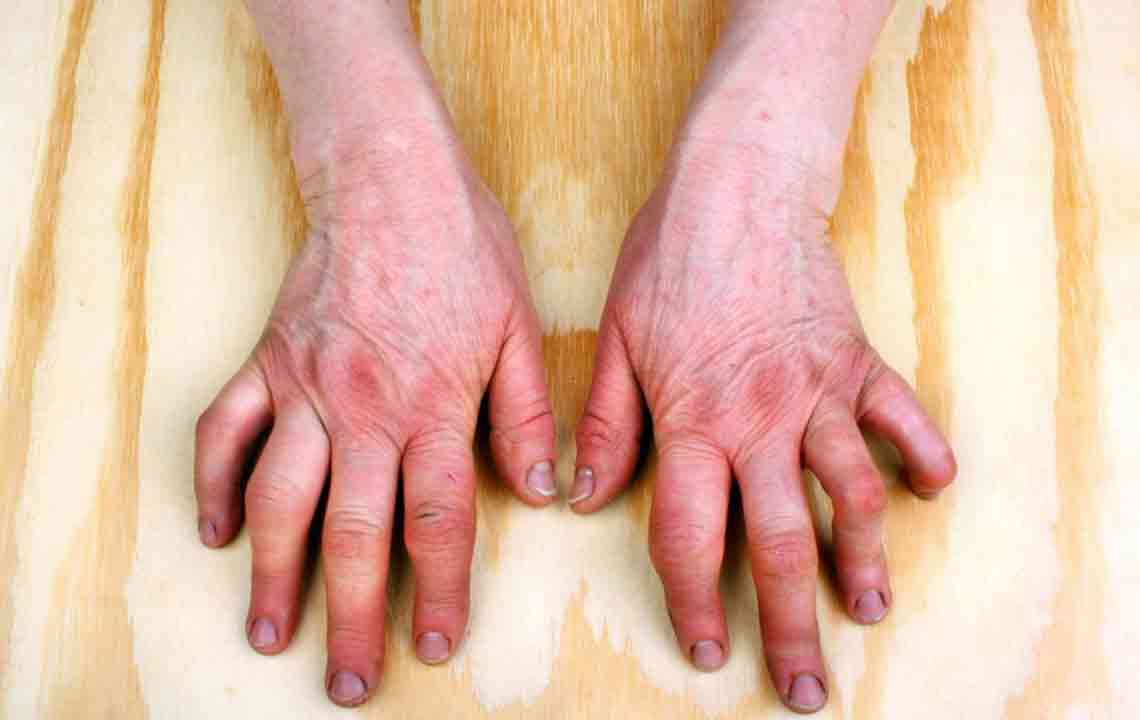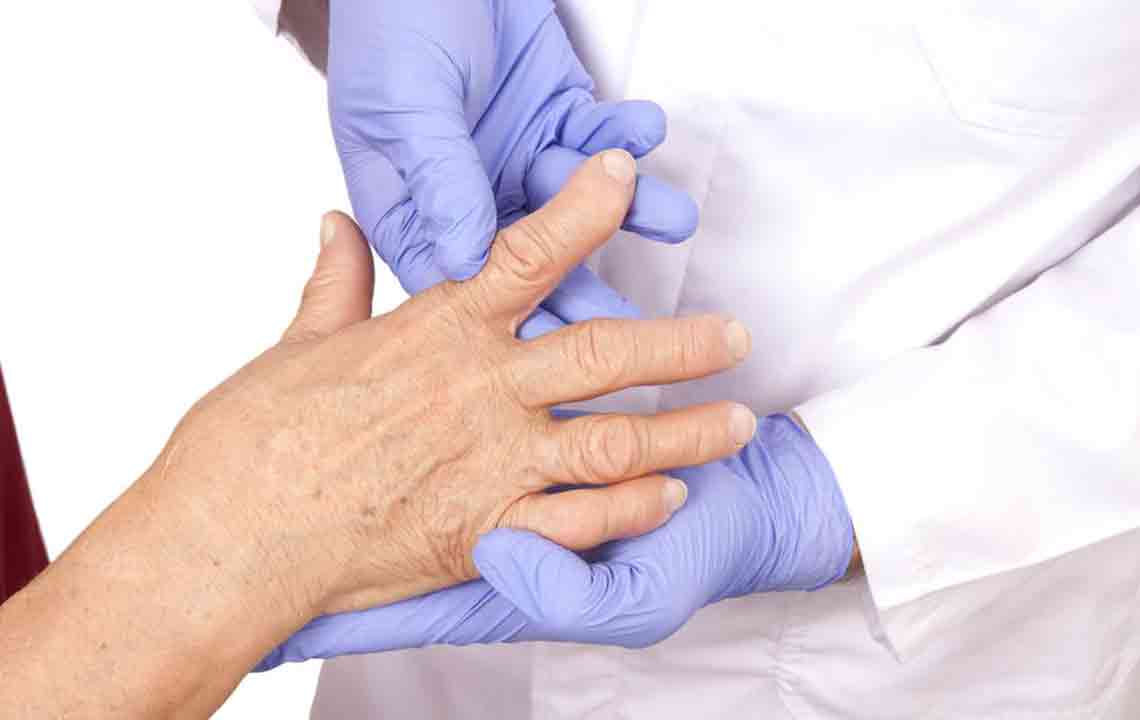Identifying Key Signs of Rheumatoid Arthritis Early
Learn to recognize the early signs of rheumatoid arthritis, including joint pain, swelling, and fatigue. Early detection is vital for effective management and preventing permanent joint damage. This guide highlights common symptoms and urges timely medical consultation to ensure proper treatment and better quality of life.

Recognizing the Main Indicators of Rheumatoid Arthritis
In the United States, over 1.5 million individuals are diagnosed with rheumatoid arthritis annually, with women being three times more affected than men. This autoimmune joint disorder often impacts older adults, but early detection is vital. Understanding the symptoms can help in timely intervention. Read further to learn about the common signs.
What is rheumatoid arthritis?
Rheumatoid arthritis is an autoimmune condition where the immune system mistakenly attacks the joints, causing inflammation. Normally, the immune system defends the body from threats, but in this case, it targets joint tissues, leading to damage.
This disease primarily affects the synovium, the tissue lining the inside of joints, resulting in swelling and discomfort. The inflamed synovium produces excess fluid, causing pain and stiffness. If untreated, it damages cartilage, bone, and surrounding tissues, leading to joint instability and deformities. Early diagnosis can help restore joint function and prevent progression.
It’s crucial to pay attention to the symptoms of rheumatoid arthritis. If you notice any signs below, consult a healthcare professional promptly.
Common Symptoms of Rheumatoid Arthritis
Persistent Fatigue: Fatigue is one of the first signs, often worsened by inflammation, poor sleep, or anemia. It may also impact mood, appetite, and overall energy levels.
Joint Discomfort: Inflamed joint tissues cause pain and irritation, which can persist even during remission due to previous damage.
Joint Tenderness: Inflamed tissues may irritate nerves, leading to tenderness even with minimal touch, often disrupting sleep.
Swelling of Joints: Swollen joints are common, sometimes subtle or visibly prominent, limiting mobility and making removal of rings difficult.
Redness and Heat: Swelling may cause the skin above affected joints to turn red and feel warm due to increased blood flow from inflammation. Warmth can also occur without redness, indicating active disease progression.
Restricted Movement: Swelling can limit joint mobility and, if untreated, cause permanent stiffness and loss of function.
Joint Deformation: Ongoing inflammation may lead to cartilage and bone loss, resulting in joint deformities and ligament laxity.
Numbness: Inflammation may compress blood vessels, causing tingling sensations or numbness in areas like wrists, ankles, and elbows.
Rheumatoid arthritis can cause significant discomfort and permanent joint damage. While some over-the-counter remedies may alleviate symptoms temporarily, medical treatment is essential. Early consultation with a healthcare provider can prevent disease progression and preserve joint health.
Important Note:
This blog offers informative insights across various topics. While our editorial team strives to provide accurate information, it should not replace professional medical advice. Readers are encouraged to consult healthcare professionals for diagnosis and treatment. We do not guarantee the completeness or accuracy of all data presented, and readers should consider additional sources for comprehensive understanding.










